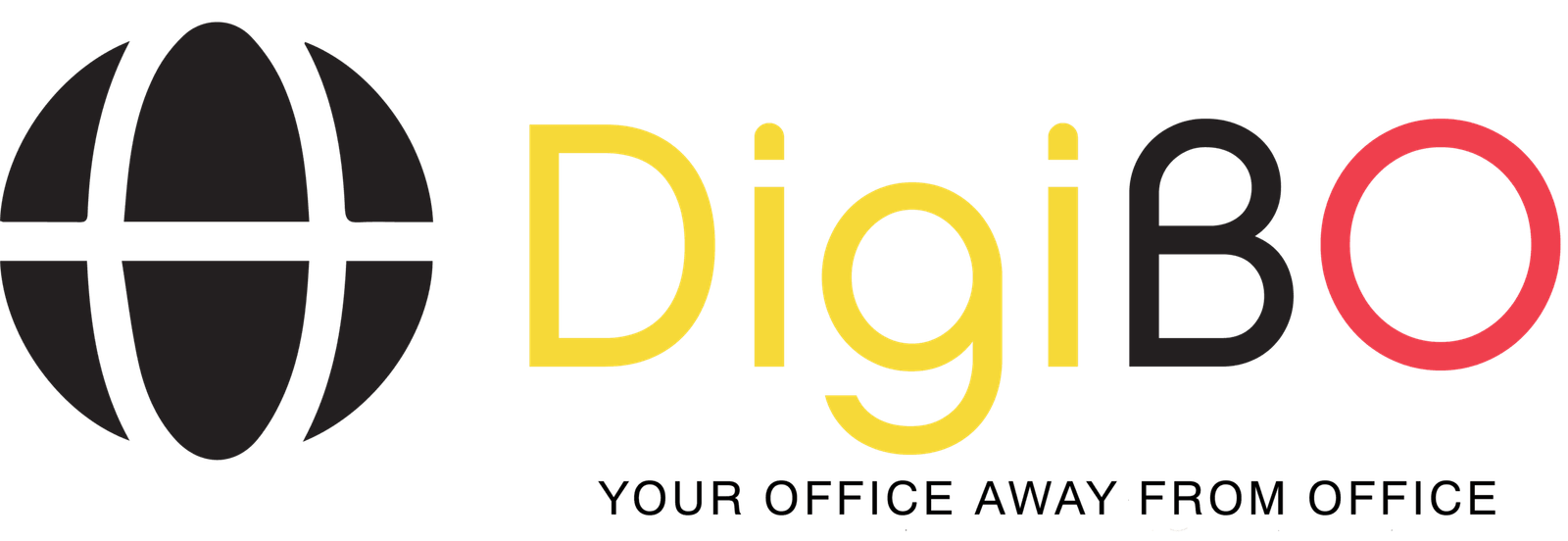Top 9 Digital Marketing Trends to Watch in 2025
Digital marketing trends refer to the direction of where the market is heading over time. With the rapid evolution in technology and consumer behaviour, the future of digital marketing depends on how digital marketers adapt and connect with their target audience following relevant marketing trends. Because following the latest trends enables businesses to avoid risks and learn about new growth opportunities. Multiple ways to determine these trends include technical analysis, understanding market dynamics and consumer behaviour. As we are approaching the year 2025, here are the top 9 digital marketing trends to watch in 2025 – 1. Personalised Content using AI Notably, artificial intelligence or AI is not a buzzword anymore. Since its inception, AI has been playing a significant role across industries, and the contribution of AI in digital marketing is no exception. Machine learning has made gathering customer data easier. This aligns perfectly with the importance of crafting compelling and engaging content, a core aspect of excelling at digital content creation. In addition, incorporating Chat GPT and similar AI tools has enabled marketers to tailor their business-related content based on customer preferences and make product recommendations. This way, providing a better, faster and more accurate user experience is possible. According to market researchers, AI is going to stay for more years to come. If you want to know more about how to use personalised content for your website, you can visit the website of Digibo Global, your one-stop solution for all kinds of digital marketing-related queries. 2. Real-time engagement with consumers It is believed that engaging with consumers in real-time is another significant digital marketing trend that will carry on in the future. Integrating AI chatbots in websites, apps and smart devices has made it possible to interact with the audience directly. Consumers are more than satisfied with the way marketers have implemented AI chatbots to resolve all kinds of queries instantly. Earlier talking to a customer executive was time-consuming, but now, that is not an issue. 3. Rise in voice marketing Nowadays users prefer to do voice searches on the go rather than typing their queries in the search engine. It is seen that most of the consumers who use the voice search options are either in consideration or at the conversion stage of the marketing funnel. This is the reason why optimisation of the website content for the voice search feature is crucial. If you want to learn how to optimise your website content for voice search as well as for any other digital marketing strategies, contact Digibo Global. 4. Evolution of Influencer Marketing Influencer marketing is a popular social media marketing approach that utilises product endorsements and mentions from influencers. Since influencers are considered experts in their niche, therefore, it is believed that they can earn their followers’ trust easily. Marketers can collaborate with influencers to promote their products and services on various social media platforms. Multiple forms of collaboration include posting product reviews and sponsored content on their accounts. It is also important to overcome trust and transparency-related challenges. Nevertheless, there is no doubt that influencer marketing will continue to thrive in the upcoming future. 5. Emerging Social media Commerce The merging of social media with e-commerce is known as social media commerce. It is an emerging trend of online marketing strategy that uses the massive user base of social media platforms like Facebook, Instagram etc and highly contributes to the ecosystem of competitive online shopping. Notably, the most dominating feature of social media commerce is the complete integration of social media and shopping. Utilising this advanced feature, users can purchase their choicest products directly from social media posts, videos and stories. It is believed that by the year 2025, hyper-personalisation with AI will predict consumer behaviour based on their unique choices and past purchasing history. 6. Short Video Production Short video production is considered an extremely powerful online marketing tool. Since they are snappy, short and creative, these types of videos are ideal for influencers as well as for user-generated content. Therefore, as part of digital marketing strategy, influencers and marketers leverage short video production as a way to promote their products and services. The popularity of bite-sized videos available as Instagram reels and YouTube shorts states that these types of short video content will continue to dominate the digital marketing landscape in the year 2025 too. 7. Popularity of Augmented Reality By the year 2025, the popularity of augmented reality will reshape the way brands communicate with their consumers by simplifying their shopping experience. With augmented reality, products will come to life. How? You may ask. Using the 3D models, customers will be able to try on the products virtually. This will help to bridge the gap between in-store and online purchases. Furthermore, augmented reality will tell a brand story in a creative immersive manner enabling customers to interact with the brand uniquely. 8. Engaging in-game Marketing Among other hottest digital marketing trends, in-game marketing has been slated to get even bigger in the future. In terms of in-game marketing, brands mostly engage with the younger audience who spend a lot of time playing online games. The main target of this type of marketing is to naturalise advertising within the gaming window. It is recommended to collaborate with professional game developers to create engaging in-game marketing opportunities seamlessly. 9. Purposeful and sustainable marketing Marketers in today’s time and age are becoming more and more concerned with sustainable and purposeful marketing initiatives. This is because consumers are leaning more towards products that are environmentally friendly and impact positively on society. Therefore, this has pushed business owners to build their core online marketing strategies based on sustainability. They are taking advanced initiatives to maintain transparency in the supply chain and focus on eco-friendly packaging. Researchers believe that this type of purposeful and sustainable marketing will increase further in the future too. In conclusion, it can be stated that the future of digital marketing trends emphasises personalisation, sustainability, and interactive technology. Therefore, implementing augmented



